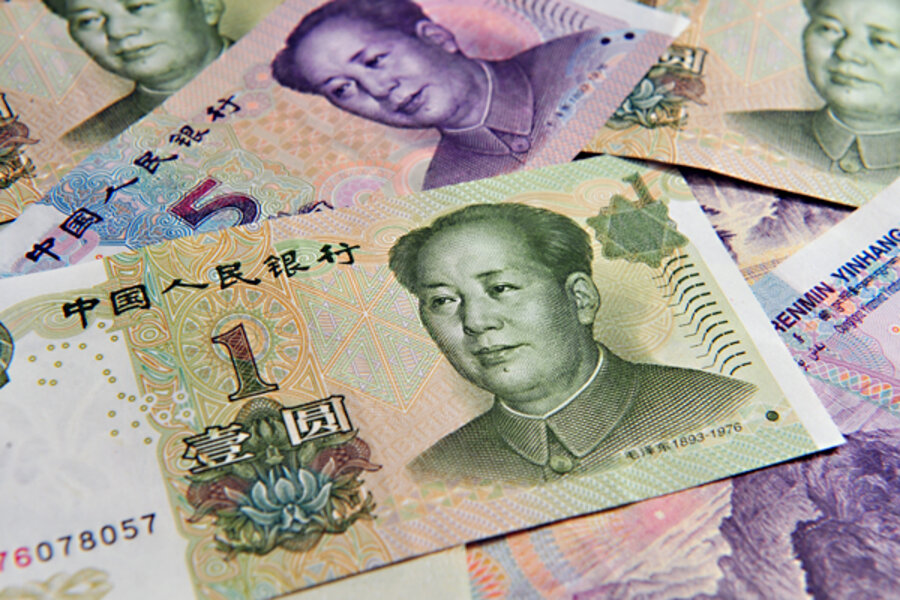China's $240 billion foreign aid
Loading...
I have argued for a long time that it is wrong headed to blame China for the economic woes in America or other places and that it might not benefit the outside world if the yuan became significantly stronger. Furthermore, considering the recent dramatic drops in other Asian currencies except the yen and the continued slow appreciation of the yuan, it is questionable whether China is really holding down its currency that much compared to the level it would have had if it were freely floating (For reasons that I explained here, China's foreign exchange reserve accumulation doesn't prove that a floating yuan would be more expensive) . If it had been freely floating it would have likely dropped dramatically along with other non-Japanese Asian currencies because of the "flight to [perceived] safety" demand for U.S. dollar and yen assets.
It is however probably in China's best interest to end its policy of slow appreciation and allow faster appreciation. One reason is that it would better contain inflation. Another reason is that China is losing big from its accumulation of foreign exchange reserves. By for example investing in U.S. Treasuries they receive a lower interest in a currency that is depreciating, creating big losses. According to estimates made here, China loses as much as $240 billion per year by investing in loss creating assets like U.S. Treasuries.
This means that China is in effect giving away $240 billion to the rest of the world through its exchange rate interventions, making China the world's biggest foreign aid donor. It is true (assuming that the yuan really is undervalued or at least not significantly overvalued) that this is at this point more or less a sunk cost given that these asset purchases have been made. However, by ending foreign asset purchases it can stop the continued increase in losses. If it by contrast persists in these purchases, future annual losses will rise far above $240 billion.





